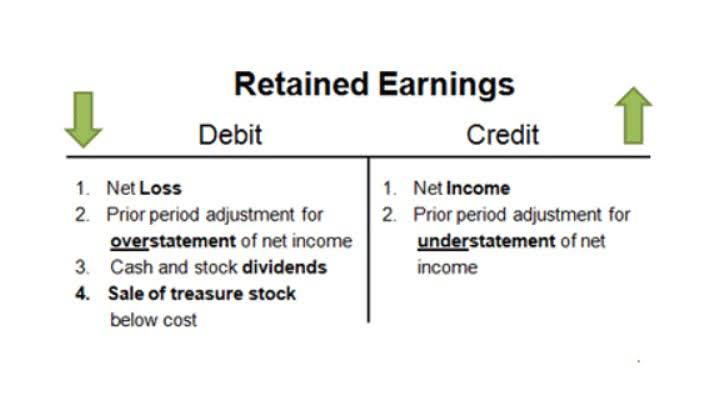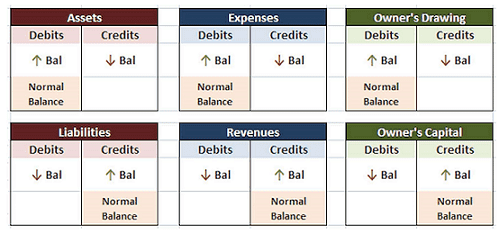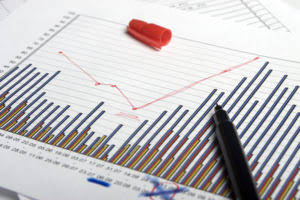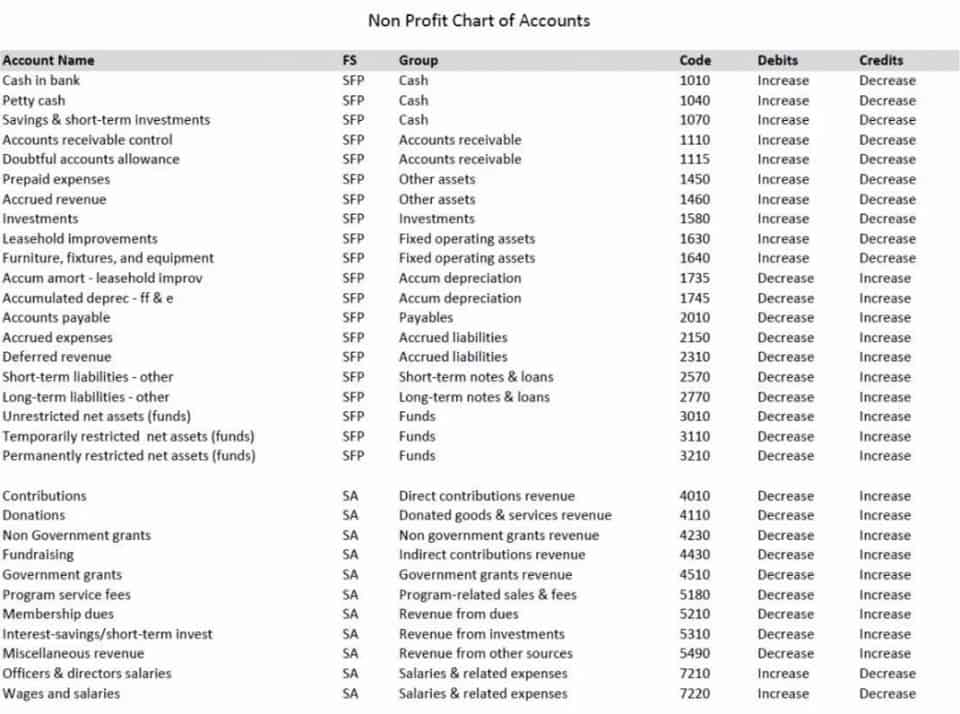Gross Profit: What It Is and How to Calculate It

Comparing gross profits year to year or quarter to quarter can be misleading because gross profits can rise while gross margins fall. Gross profit and gross profit margin will both tell you how successful a company is at covering its production costs. Gross profit helps understand the dollar value of the income that a company brought in. Gross profit margin is useful for tracking changes over time, so businesses can assess how current profits compare to previous quarters. From the edited figures above, the company’s total revenue is the sum of total revenue on the first line and other income/expenses net amounting to $111,776,000.
How to Calculate Profit Margin
Let us understand the relevance and uses of the net profit percentage formula in the context of its importance to a business and its financial health. This is the bottom line of what the company made at the end of the day. This measure helps you understand your business’s financial health and how profits can be reinvested or allocated. The most significant profit margin is likely the net profit margin, simply because it uses net income. The company’s bottom line is important for investors, creditors, and business decision makers alike. This is the figure that is most likely to be reported in a company’s financial statements.
Different Profit Formulas

Gross profit is the amount of money a business makes after deducting the cost of goods sold from the total revenue. Economic profit equals a firm’s total revenues less its total economic costs. Economic profit is estimated as the product of net operating profit after taxes (NOPAT) and (1 – cost of capital).

What is the Profit Percentage Formula?
For every dollar of sales, Outdoor Manufacturing generates about 19 cents of gross margin. The gross profit formula helps you identify cost-saving opportunities on a per-product basis. Lastly, it’s plug and play—simply take your sales revenue and subtract your cost of goods sold using the gross profit formula. Gross profit equals a company’s revenues minus its cost of goods sold (COGS).
- Thus, the above are the steps followed while calculating profit using the accounting profit formula.
- The best ways to increase gross margin are to raise prices or reduce the cost of producing the goods or services.
- This is the total amount that your company generated from sales before any costs or deductions are included.
- The company’s bottom line is important for investors, creditors, and business decision makers alike.
- It’s helpful to compare the profit margins over multiple periods and with companies within the same industry.
- Gross profit percentage refers to the percentage of profit generated for each dollar spent on the manufacturing or production.
- This figure reflects the company’s profitability after accounting for both direct expenses and the opportunity cost of the owner’s time and expertise.
- Gross profit provides a clear picture of a company’s profitability from its products or services.
- In 2012, she started Pocket Protector Bookkeeping, a virtual bookkeeping and managerial accounting service for small businesses.
- With all of this, you can build custom formulas that will automatically calculate the operational profit margin for you.
- This clear calculation illustrates how effective financial management directly impacts your bottom line.
- Advanced calculations delve deeper into profitability metrics that provide more detailed insights.
You don’t include these indirect costs because they aren’t considered the materials or services you need to directly make your product. Revenue is the total money your company makes from its products and services before taking any taxes, debt, or other business expenses into account. The gross margin is the percentage of a company’s revenue remaining after subtracting COGS (e.g. direct materials, direct labor). Conceptually, the gross income metric reflects the profits available to meet fixed costs and other non-operating expenses. It can be limiting since it https://www.bookstime.com/ only takes into account the profitability from COGS and not additional relevant data, such as rising material costs or labor shortages.

Profit and Loss are two major financial concepts which help us understand vast variety of things from daily budgeting to complex economical models. Profit and Loss also help us estimate the market price of a commodity and to assess how profitable a firm is. Based on the values of equation for profit these prices, we may compute the profit or loss for a certain product.
How to Calculate Operating Profit Margin
This scenario indicates that while the company covers its explicit costs, it’s not generating enough value to justify the opportunity costs. Economic profit, however, goes further by including opportunity costs, offering a broader perspective on resource efficiency and strategic alignment. For instance, while accounting profit may show a strong bottom line, economic profit can reveal inefficiencies or better ways to allocate capital. This dual analysis is especially relevant in industries with high capital intensity or strategic investments, where opportunity costs can significantly influence long-term growth. This gross profit margin assesses the profitability of your business’s manufacturing activities. The net profit margin provides a picture of your business’s overall profitability.

How to find operating profit margin
It’s easier to compare a company’s profit margin to its peers and Accounts Receivable Outsourcing competitors than total net profit. Gross profit percentage is a measure of profitability that calculates how much of every dollar of revenue remains after paying off the Cost of Goods Sold (COGS). In other words, it measures the efficiency of a company utilizing its input costs of production, such as raw materials and labor, to produce and sell its products profitably.
